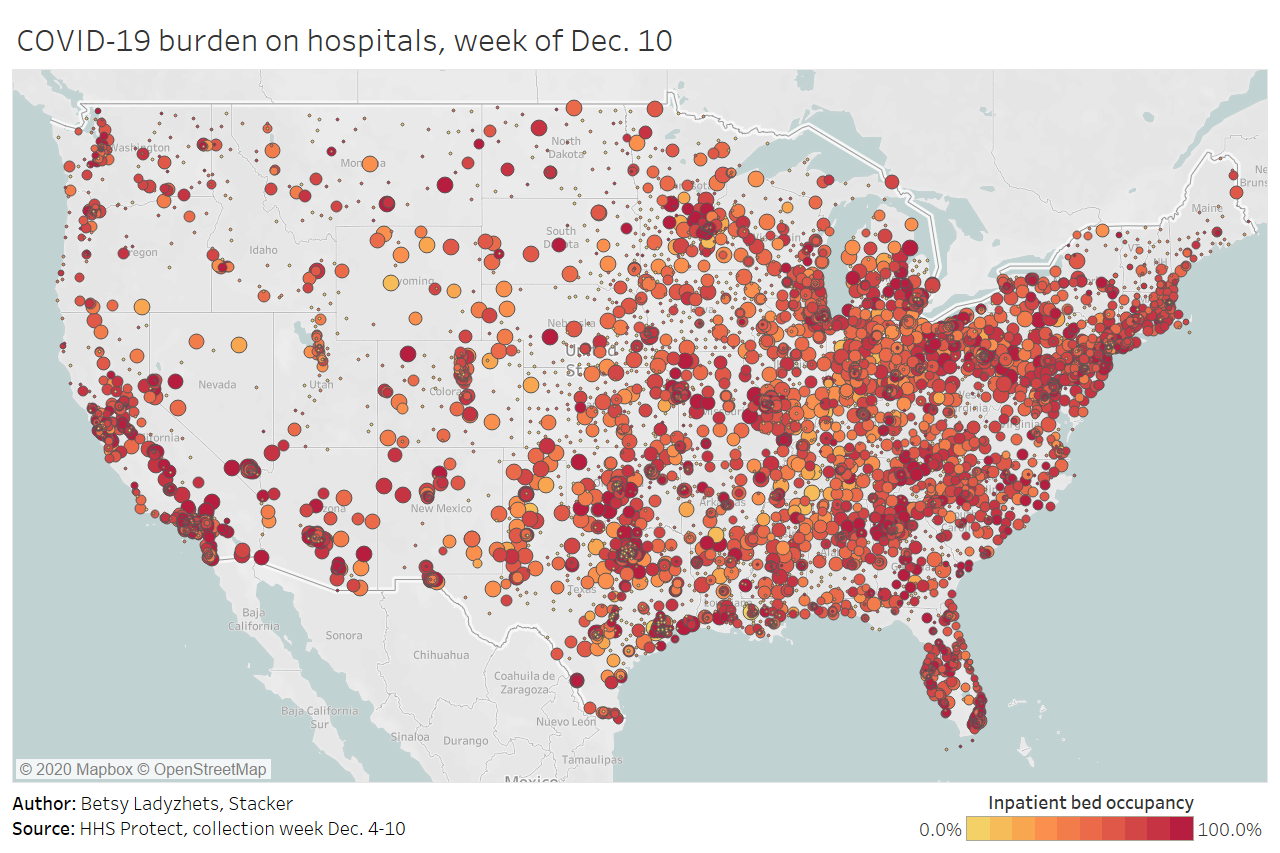 News Release
News ReleaseCMMC Center of Excellence Announces Memorandum of Understanding with Women in Cybersecurity Mid Atlantic
Interoperability Clearinghouse
The Cybersecurity Maturity Model Certification Center of Excellence ( CMMC COE ), hosted by the Information Technology Acquisition Advisory Council (IT-AAC), a public-private partnership serving the public and private sectors for more than 15 years, is proud to announce a Memorandum of Understanding with the Women in Cybersecurity Mid Atlantic affiliate. This unique partnership will extend efforts to advance the goals and objectives for improving the cyber and supply chain security and resilience of the US Department of Defense (DoD) global Defense Industrial Base (DIB) network of contractors, suppliers, and vendors. The executed MOU establishes a cooperative agreement between the Women in Cyber Security Mid Atlantic and CMMC COE to partner in the furthering of their respective and complementary missions and objectives regarding the adoption, use, and expansion of CMMC based cybersecurity practices for the DIB contractor community and the information and communication technology community creating a broader CMMC ecosystem to improve security and resilience. Specific actions will include: The co-development of CMMC advisory services, cyber training and education programs to accelerate CMMC certification, increase cyber adoption and improve cyber protection & resilience. Expand and drive diversity across the cybersecurity workforce Co-sponsor symposiums, training programs and podcasts leveraging their combined cyber and IT expertise. Host regular working groups, with other partners, to enable collaboration and communications. Establish an independent Industry Cyber Security Advisory Council with peer organizations to advise and educate leaders across government and industry on the continued evolution and effectiveness of CMMC Through this exciting partnership, the CMMC-COE ( www.cmmc-coe.org ) will also focus on bringing together the many disparate cyber and national security communities of interest to reduce complexity, improve awareness, and accelerate industry effort to become more cyber resilient against the growing threats from nation states and criminal enterprises. The CMMC-COE establishes both a Market Place and Knowledge Clearinghouse that will include resources that support the overall effort, including white papers; tutorials; recorded webcasts; presentations; and more that will help reduce the cost and burden on small/medium size contractors already struggling from the impact of COVID. The CMMC-COE partner network will be sharing a wide range of capabilities from member organizations, including; cyber standards frameworks, education, solution architectures, cyber mentoring, workforce, and other elements needed to scale to the demands of the entire DIB market place in the US and abroad (400,000+ contractors). “This is exciting opportunity for us”, said Mr. John Weiler, Chairman of the Board at CMMC Center of Excellence, “This new partnership will further help advance the goals and objectives for improving the supply chain security and resilience of the US Department of Defense (DoD)”. “The WiCyS Mid-Atlantic is excited to team with the CMMC COE in efforts to enhance the overall security of the defense industrial base supply chain. This partnership clearly demonstrates the CMMC COE’s commitment to a diverse cybersecurity workforce, which is key to defending the nation’s cyber critical infrastructure. Creative and inclusive teaming is essential to the CMMC’s success!”, said Ms. Diane M Janosek, Founder and Senior Advisor, Women in Cybersecurity Mid-Atlantic. WiCyS is a non-profit membership organization with national reach that is dedicated to bringing together women in cybersecurity from academia, research and industry to share knowledge, experience, networking and mentoring. The initiative was created through an NSF grant (Award # 1303441 ) by Dr. Ambareen Siraj at Tennessee Tech University in 2012, and has grown into a wonderful alliance among academia, government and industry. WiCyS offers mentoring, learning, networking and career development to women at all stages of their cybersecurity careers. Whether you are a student just considering a career in cybersecurity or an experienced leader in the cybersecurity workforce, WiCyS provides tangible benefits and a supportive community. The Women in Cybersecurity Mid-Atlantic Affiliate (WiCyS MAA) is a regional affiliate that covers the geographic areas: South New Jersey, South-East Pennsylvania, Delaware, Maryland, District of Columbia, and Northern Virginia, and will continue to undertake activities to promote recruitment, retention, and advancement of women in cybersecurity. For more information on the CMMC COE, please visit http://cmmc-coe.org email info@cmmc-coe.org or call 703-863-3766 For more information on the Women in Cybersecurity Mid Atlantic, please visit https://www.wicysmidatlantic.org/ About Us ---------- CMMC-COE.ORG is a unique non-profit public-private partnership, with a vision to accelerate Cybersecurity Maturity Model (CMM) adoption, and reduce time & cost for security compliance for our partners by leveraging commercial best practices, CMMC standards, and innovative solutions for a measurable success. Our mission, focused on DOD mission objectives, cost containment and expeditious CMMC compliance, is to help the DIB improve cyber posture and resilience, and simplify its acquisition. The CMMC-COE is hosted by the Information Technology Acquisition Advisory Council (IT-AAC), a public/private partnership (P3) chartered in 2007 as an honest broker to reach outside the confines of the Federal IT advisories that lack dynamic reach into the Global IT Market, and dedicated to the adoption of commercial IT management standards of practice and innovations emanating from the Global IT market. Team IT-AAC has already demonstrated the value of its decade long investment, and provides a unique value to agencies seeking to achieve accelerate the transformation of legacy processes and systems. Our Just-in-Time SMEs apply an innovative suite of Technology Business Management and Agile Acquisition Processes needed to assure the business value of commercial IT. The Interoperability Clearinghouse (ICH), is the managing partner that make up the 24 NGO/SDO organizations that make up the IT-AAC. ICH provides the contract vehicles, clearances, and critical resources proven to guide sustainable, measurable and repeatable processes needed to drive better investment decisions as the speed of mission need, while aligning existing processes, methods and workforce with IT reform mandates contained in Clinger Cohen Act, FITARA, IT MGT Act, EO13838. Contact Details Bob Dix +1 703-975-6633 bob.dix@it-aac.org Company Website https://cmmc-coe.org
January 14, 2021 06:00 AM Eastern Standard Time







